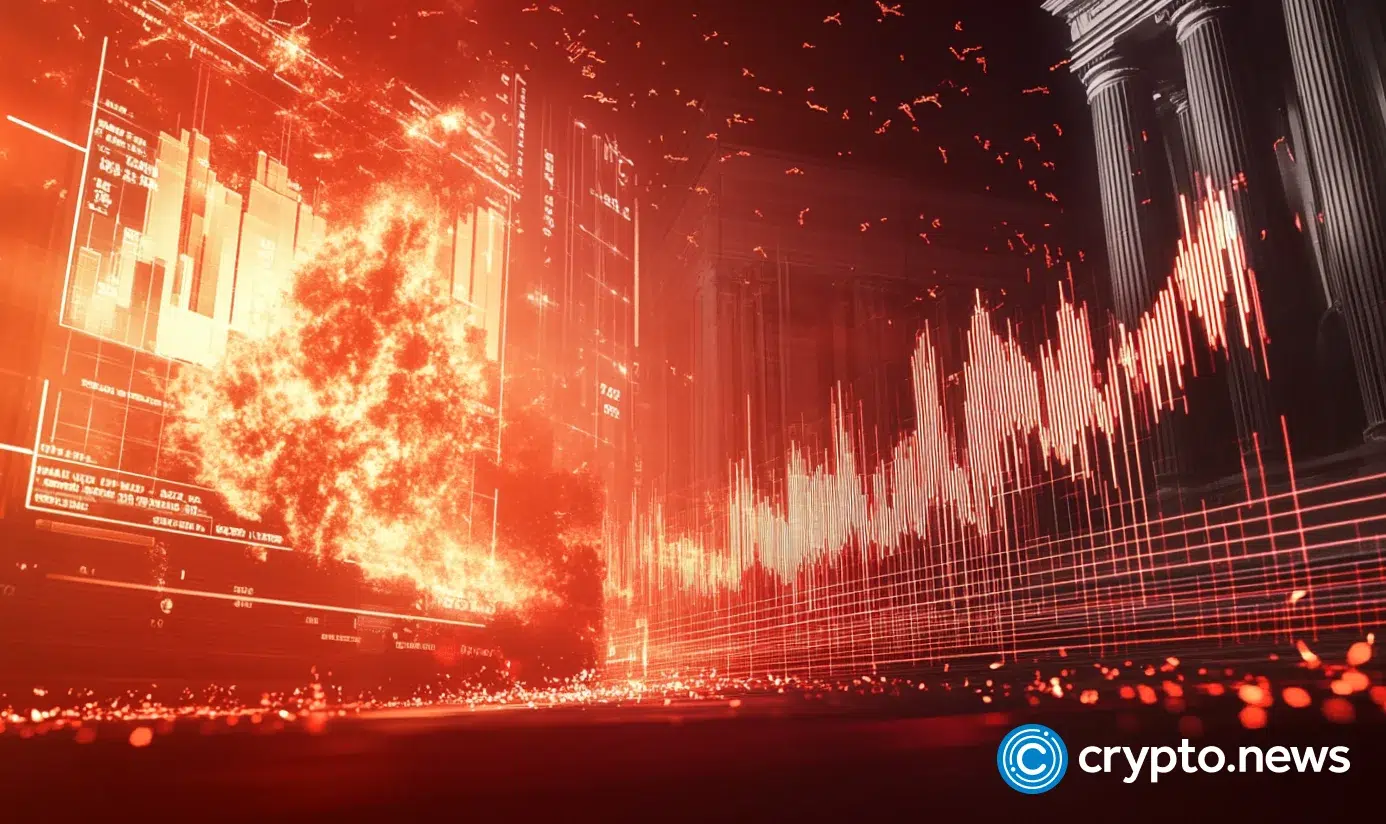Bittrex bankruptcy: $500M of fabricated transactions in filings

Bittrex bankruptcy filings show that the company’s U.S. arm disclosed thousands of flagged crypto transfers in court papers, according to reporting by DL News.
What do the Bittrex bankruptcy filings reveal about suspicious transactions?
The Chapter 11 docket contains references to a very large set of flagged transfers, internal reports, and compliance alerts.
Journalists reviewing the public filings recorded descriptions of “thousands” of such events, although the docket does not publish a full on-chain ledger. Consequently, specific addresses and forensic details remain limited in the public record.
For creditors and investigators, the disclosures expose the scale of Bittrex’s compliance workload at the time of the shutdown. That context matters because flagged transactions can reflect routine AML filters or point to more problematic flows. Tip: more granular data is likely to surface only as trustees and regulators pursue deeper on-chain analysis.
How did regulatory action and the SEC complaint shape the filings?
Regulatory enforcement preceded the company’s collapse. The U.S. Securities and Exchange Commission filed a complaint alleging the exchange was “operating an unregistered securities exchange,” and the U.S. arm filed for Chapter 11 on May 8, 2023. That sequence suggests enforcement pressure materially affected the decision to seek bankruptcy protection.
Indeed, the SEC press release outlines alleged conduct and names parties linked to the platform. As a result, enforcement costs and liquidity constraints likely amplified operational strain. Observers say such pressures commonly increase scrutiny of transaction records during insolvency proceedings.
What are the immediate consequences for customers and creditors in the Bittrex bankruptcy?
Customers found themselves unable to withdraw some assets after the U.S. platform ceased operations in December 2023. At the time of filing, Bittrex reportedly had about 1.6 million users, yet under 36,000 claims were submitted to the bankrupt estate, the filings show.
For many retail users this means a protracted claims and reconciliation process with limited visibility into on-chain reviews. Trustees must preserve assets, reconcile account balances, and propose a distribution plan consistent with U.S. bankruptcy priorities.
What do the Bittrex bankruptcy filings reveal about fabricated transactions and platform operations?
The filings allege a pattern of irregular entries, including reportedly over $500 million in what a researcher characterised as fabricated transactions. Documents highlighted more than 21,500 transactions below the platform’s withdrawal minimum and over 10,000 identical fractional Bitcoin withdrawals recorded on the same days.
The filings also list an asset labelled LMC; reporting identified this as LoMoCoin, whose blockchain ceased processing transactions in 2021. Separately, the Office of Foreign Assets Control was listed as a creditor with a roughly $24 million claim tied to prior sanctions enforcement.
Regulatory compliance researcher Pasha Onur warned that “Certain patterns in the filed documents immediately raised serious red flags,” citing the DL News review for context. Meanwhile, the SEC press release states the exchange was “operating an unregistered securities exchange,” language that underpinned enforcement action and the subsequent filings. Together, experts say these statements frame why trustees and regulators will prioritise forensic scrutiny of transaction logs.
What should investors verify next?
Reporters and investigators should confirm the exact counts and nature of flagged transfers directly from the bankruptcy docket and trustee submissions. They must also determine whether flagged on-chain flows connect to sanctioned parties or other enforcement concerns.
Where the public record is incomplete, label specifics as pending verification and rely on primary court filings and official regulator statements rather than summaries. Stakeholders should monitor the docket for further trustee reports and evidentiary filings that may clarify creditor payouts and distribution priorities.
You May Also Like

MYX Finance price surges again as funding rate points to a crash

Shiba Inu Price Forecast: Why This New Trending Meme Coin Is Being Dubbed The New PEPE After Record Presale
